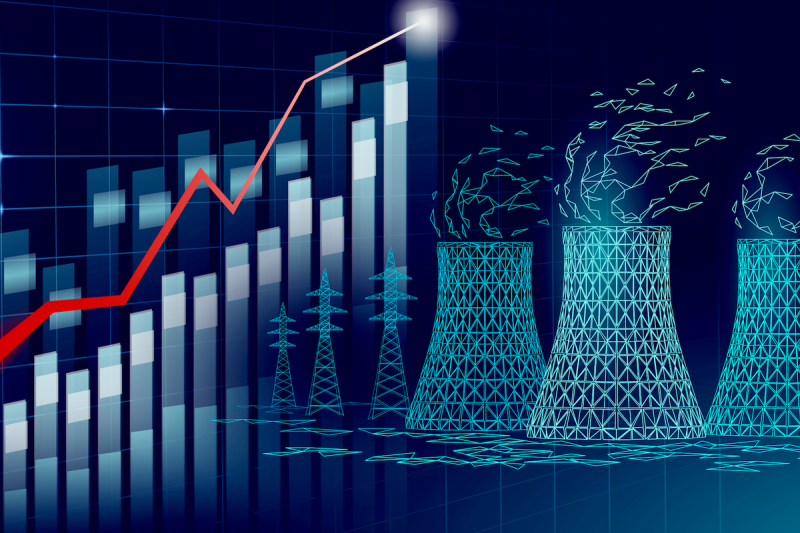The United States Plans to Triple Nuclear Power Capacity by 2050
According to the U.S. Department of Energy, the United States government has set an ambitious goal to triple its nuclear power capacity by 2050. This significant expansion aims to reduce greenhouse gas emissions and combat climate change by promoting nuclear energy as a clean and reliable source of power. The plan involves a strategic approach to modernizing and expanding the country’s nuclear infrastructure while addressing concerns regarding safety, waste management, and public perception.
One of the key drivers behind the push to increase nuclear power capacity is the need to reduce carbon emissions and transition to a more sustainable energy mix. Nuclear power is considered a low-carbon energy source that can provide large amounts of electricity without emitting greenhouse gases. By tripling its nuclear capacity, the U.S. aims to significantly reduce its reliance on fossil fuels and decrease its carbon footprint, contributing to global efforts to combat climate change.
However, expanding nuclear power capacity comes with its challenges, particularly related to safety and public perception. The 2011 Fukushima disaster in Japan raised concerns about the safety of nuclear power plants and their vulnerability to natural disasters. To address these concerns, the U.S. government plans to invest in advanced reactor technologies that incorporate enhanced safety features and improved emergency response strategies.
Another critical aspect of expanding nuclear power capacity is ensuring the safe and efficient management of nuclear waste. The disposal of radioactive waste generated by nuclear power plants is a significant environmental concern that requires careful planning and oversight. The U.S. government is committed to developing long-term solutions for managing nuclear waste, including the construction of permanent storage facilities and the implementation of advanced recycling technologies.
In addition to safety and waste management, public perception plays a crucial role in the expansion of nuclear power capacity. Many people have reservations about nuclear energy due to its association with high-profile accidents and concerns about radiation exposure. Building public trust and acceptance is essential for the success of the U.S. government’s nuclear expansion plans. Communication efforts aimed at educating the public about the benefits and safety of nuclear power, as well as engaging with communities near nuclear facilities, will be crucial in shaping public opinion.
In conclusion, the United States’ plan to triple its nuclear power capacity by 2050 represents a bold step towards a cleaner and more sustainable energy future. By leveraging nuclear energy as a low-carbon power source, the U.S. aims to reduce its carbon emissions and combat climate change while ensuring the safety of its nuclear infrastructure and the responsible management of nuclear waste. Overcoming challenges related to safety, waste management, and public perception will be key to achieving this ambitious goal and securing a more sustainable energy landscape for future generations.
